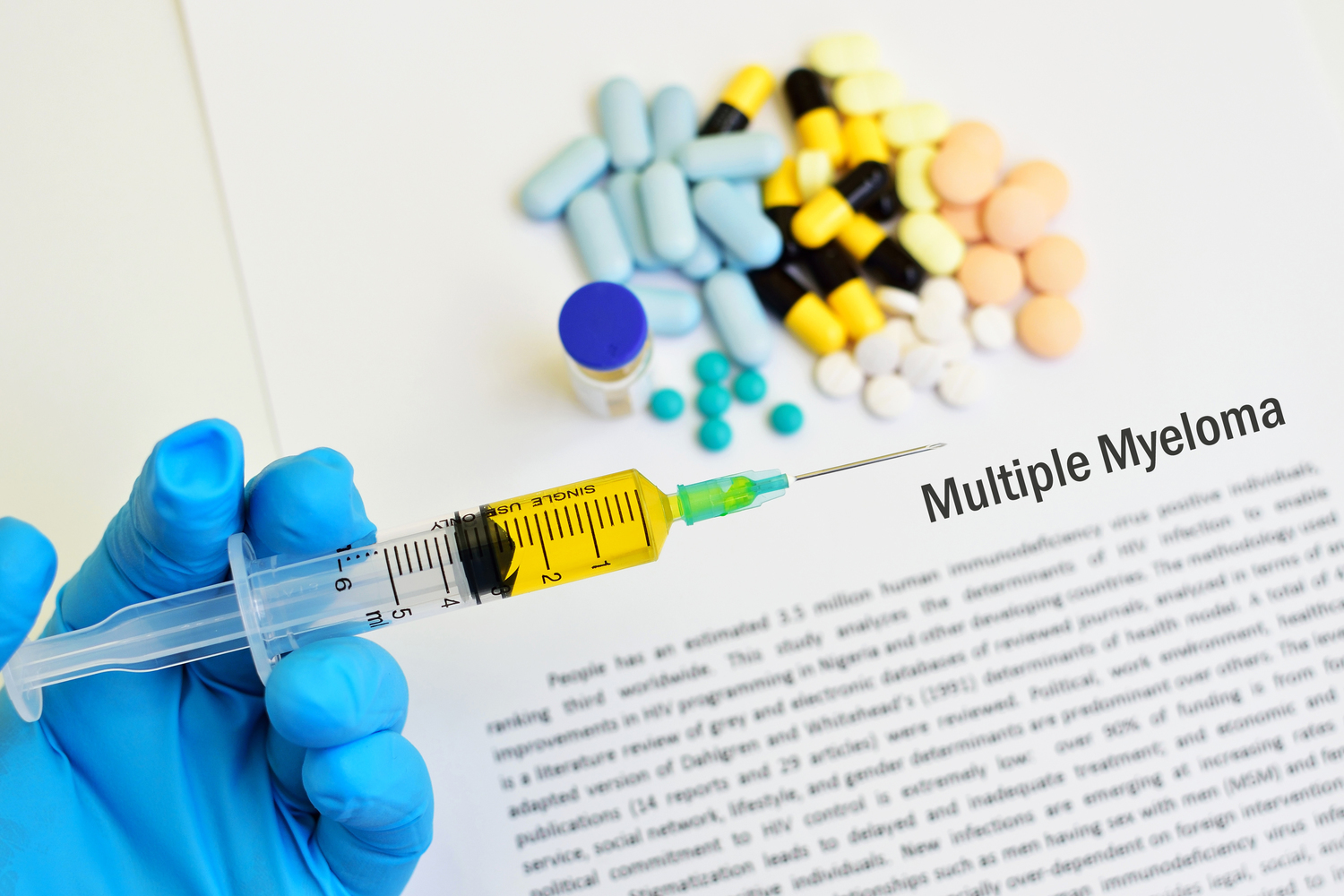
A Guide to the Staging System for Multiple Myeloma
Every type of cancer needs to be classified and understood in the form of stages. This helps the doctors treating the condition understand the situation where the patient is at with more ease and it also conveys a lot of information through little details. Hence, the classification of cancer into different stages based on its progression is extremely important.
Myeloma and its staging can also similarly tell your physician as to how much the disease is affecting the individual and how it could further progress. There are different ways in which multiple myeloma has been classified into various stages. There are two types of classification systems for multiple myeloma that are widely popular, and one of them is the international staging system.
Factors Considered for Staging
The different stages of multiple myeloma in this system are classified on the basis of two blood tests, whose results further help in dividing the condition into different stages. These tests measure various substances in the blood. The substances looked for the sake of this classification are
- albumin,
- beta-2 microglobulin, and
- lactate dehydrogenase (LDH)
Stage 1
In this stage, the quantities of the above substances exist in the following range:
- Quantity of albumin present in the blood should be greater than 3.5 grams in each decilitre for the condition to qualify to be in this stage.
- The levels of the beta-2 microglobulin should be lower than 3.5 milligrams in every liter.
- The levels of LDH present should be normal
- The risk of cytogenetics at this stage should also be considered low.
Stage 2
In this stage, the levels of the above substances should be in the following range for the condition to be considered to be in the second stage:
- The quantity of albumin present in the blood is under 3.5 grams in each deciliter when the quantity of beta-2 microglobulin is also below 3.5 milligrams in each liter.
- The quantity of beta-2 microglobulin present is between 3.5 and 5.5 milligrams in each liter, irrespective of how much albumin is present in the blood.
- The LDH levels present in the body should be in the normal range.
- The risk of cytogenetics at this stage, similar to that of stage 1, should be considered low.
Stage 3
In this stage, the levels of the above substances should be in the following range for the condition to be considered to be in the third stage:
- The levels of the beta-2 microglobulin should be higher than 5.5 milligrams in every liter.
- The LDH levels present in the body would increase substantially and considered high in this stage, unlike the situation in the previous two stages.
- Similar to the LDH levels, the risk of cytogenetics would also be significantly high in this stage, unlike the scenario in the past two stages of multiple myeloma.
One must be aware of the different stages of multiple myeloma and must get treated promptly as soon as they notice symptoms.


